Spacebook: Networked Public Places in the Personalized Metropolis
Introduction by Tristan van Leur
Architecture and technology historian Antoine Picon made a provocation in the introduction of Digital Culture in Architecture where he states “We are now past these initial reactions of enthusiasm or concern (regarding digital culture in architecture). The question is no longer whether digital technology is a good or bad thing for design; it is rather about the direction architecture is taking under its influence.”[1] By exploring manners in which certain digital cultures—namely Social Media and Information and Communications Technologies (ICTs) have transformed the way we interact with , and within, space, this thesis reacts to Picon’s statement. The thesis explores the way digital culture is transforming the individual (and as a consequence, society); the way in which architecture is affected by these transformations; and the response architecture and architects can make towards emerging behaviours based on digital technologies. The research will focus on the social changes digital culture has caused, and the spatial implication of the affected social interactions within the public sphere.
Mobile computing has expanded both our platforms and capabilities for socializing to a state where we are no longer affected by such constraints as location, proximity, or schedules. Instead, we can constantly connect, share, debate, and chat seemingly instantaneously, with people all over the world. Ubiquitous mobile computing has changed the way in which we interact with each other, as well as where we interact with each other. It can be argued that the public realm has grown, contracted, transformed and disappeared simultaneously.
Twentieth century philosopher Jürgen Habermas had a notion of the public sphere where, in the 18th century, sites such as salons and cafés served as open forums for debate and discussion between citizens; these sites of discourse were outside of the control of the state. Inside of these spaces, Habermas regarded the importance of media, citing pamphlets and newspapers as critical facilitators of news and discussion within the public sphere.[2] The public sphere itself wasn’t so much a physical place, but a site of discourse.[3] Considering Habermas, social media platforms can be seen not only as an extension of public spaces of streets, squares and parlours, but as a new spatial condition facilitating interaction and communication. With these new spaces come emerging issues of privacy, ownership, and control.[4]
To date, many writings focused on the interaction between physical space and ICTs focus on a series of theoretical dichotomies (physical vs. virtual, connection vs. disconnection, global vs. local). These polarizing comparisons are reductive to reading the complexities that exist in the overlap, or interface. In today’s connected age, we operate in worlds that all contain elements of physicality, connectedness, globalization and virtual spaces.[5] This research will focus on exploring elements at the intersection of many of the previously mentioned conceptual dualities: analysing what has been gained and lost in our rapidly changing digital culture.
With the expansion of the public realm into online virtual networks come simultaneous changes to the physical realm of public space. Neoliberalism has introduced new issues of ownership, regulation, and governance to public spaces within North American metropolises; many cities are relying on the private sector to create and maintain public space. These issues of ownership, regulation and governance have changed the way people can use and occupy public space.
Spacebook: Networked Public Places in the Personalized Metropolis investigates the transforming public realm in North American cities caused by the privatization of public space and the introduction of ubiquitous mobile computing (and accompanying social networks). Spacebook suggests that a sentient public realm, which leverages and engages features of both physical and virtual publics, is a productive way to explore the dynamic nature of our contemporary society.
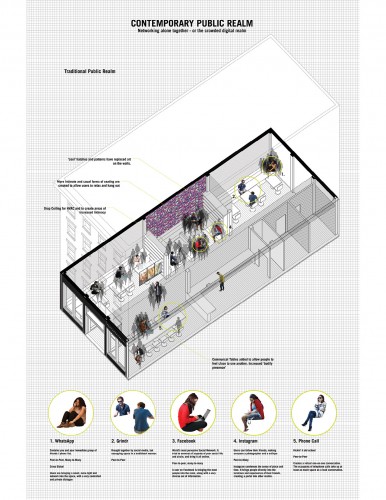
People access their networks in the bodily presence of others, but their socializing is not tied to proximity or time.
Many of the transformations that are caused by ICT networks seem like everyday occurrences, and although they are seemingly small and mundane, they are causing radical shifts to our concepts of publicness, community, interaction and daily urban lives. This research attempts to highlight issues of connectivity, publicness, location, and socializing in our everyday lives; helping us to understand what we have gained, what we have lost, and what is most important to us.
The following thesis is broken into two parts. The first part, Towards a Theory of the Personalized Metropolis, looks at changes to the public sphere since the introduction of ubiquitous mobile computing. Towards a Theory of the Personalized Metropolis examines emerging types of platforms for public discourse, and the relations between mobile ICTs and the public spaces of cities.
The second part, Spacebook: Public Place Networks proposes possible designs for alternative public spaces in North American metropolises. Spacebook: Public Place Networks looks at an emerging form of public spaces in many cities—Privately Owned Public Spaces (POPS)—and proposes a series of designed spaces that engages the physical realm of the city, along with pervasive virtual networks associated with Mobile ICTs and ubiquitous mobile computing
Spacebook proposes a set of public spaces, called Networked Public Places (NPPs), which localize the global networks, and turn them into an interactive collective experience. NPPs are a set of interfaces operating at the border between online and physical public spaces. NPPs do not completely transform the public realm, but instead offer provocations for a way that architecture and information technologies can come together to benefit the public sphere. By embracing information as a public resource and asking what should (and can) be shared, Spacebook suggests a beginning of a more participatory and open public realm.
Supervisors: Mona El Khafif & Maya Przybylski, University of Waterloo
Committee Member: Ila Berman, University of Waterloo
External Reader: Jordan Geiger, University of Buffalo
This defence will take place Monday December 14, 2015 at 1:00pm at the BRIDGE Centre for Architecture + Design.
References:
[1] Picon, Digital Culture in Architecture, and Introduction for the Design Professions, 8 [2] Jurgen Habermas, The Structural Transformation of the Public Sphere: An Inquiry into a Category of Bourgeois Society, trans. Thomas Burger and Frederick Lawrence (Cambridge, MA: MIT Press, 1991). [3] Friedberg and Varnelis, “Place,” in Networked Publics, 16 [4] Fard and Meshkani, “Geogrpahies of Information,” In New Geographies 007: Geographies of Information, ed. Ali Fard and Taraneh Meshkani, (Cambridge: Harvard University Press, 2015), 7. [5] Fard and Meshkani, “Geographies of Information”, 8

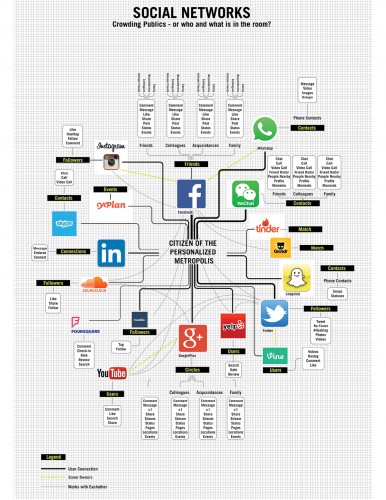
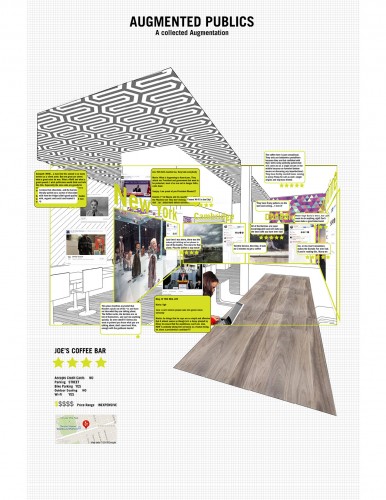
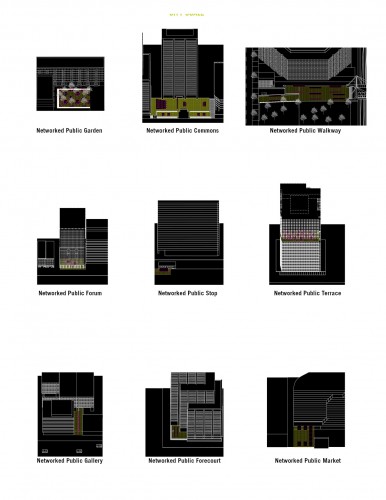
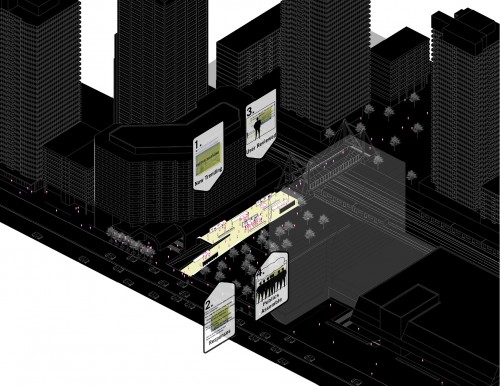
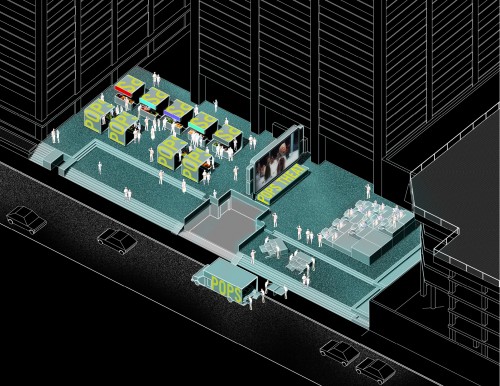
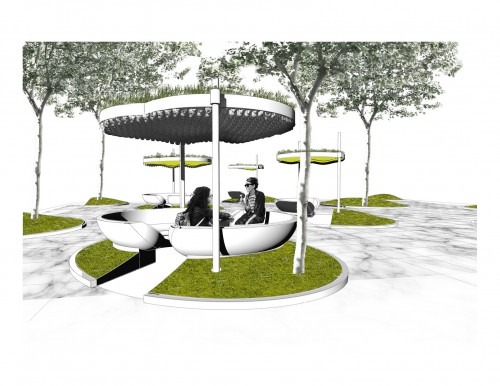
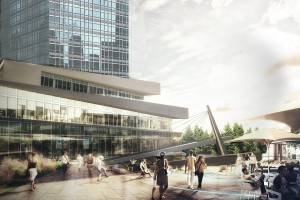
Leave a Reply